 During my early teens, I subsisted on a steady diet of noir. Apparently that’s what happens when you never get into video games. I knew where it came from and, more importantly, thought I knew what it was all about: gritty settings, hard stories, down-and-out characters, witty dialogue, cool guys in fedoras, and a dash of violence. Tough, hard-drinking men who punched hard, didn’t take lip from anyone, and weren’t afraid to pull their gun out were a sine qua non element of the books I devoured. A few years later, I didn’t know what noir was anymore. That’s when things got interesting.
During my early teens, I subsisted on a steady diet of noir. Apparently that’s what happens when you never get into video games. I knew where it came from and, more importantly, thought I knew what it was all about: gritty settings, hard stories, down-and-out characters, witty dialogue, cool guys in fedoras, and a dash of violence. Tough, hard-drinking men who punched hard, didn’t take lip from anyone, and weren’t afraid to pull their gun out were a sine qua non element of the books I devoured. A few years later, I didn’t know what noir was anymore. That’s when things got interesting.
Fast-forward fifteen years. My ARC of Akashic’s Boston Noir 2: The Classics, arrived in the mail. I cracked it open and read the intro. “What is noir and what is not inhabits a similarly gray area,” wrote editors Dennis Lehane, Mary Cotton and Jaime Clarke. “Its definition is continually expanding from the previous generation’s agreed-upon notion that noir involves men in fedoras smoking cigarettes on street corners. Noir alludes to crime, sure, but it also evokes bleak elements, danger, tragedy, sleaze, all of which is best represented by its root French definition: black.”
The quote came at a special time. In the previous months, the literature coming into my reviewing pile was again forcing me to rethink noir. For starters, I’d been reading a lot of neo-noir. But that wasn’t all of it. I was finding noir elements in science fiction, horror, and speculative fiction. The genre had turned into a rhizomatic beast whose tentacles had slowly reached into every other genre. The definition of the genre, something that had been incredibly clear years ago, had turned into a writhing mass of floating signifiers throwing itself against the sides of my skull. For answers, I turned to some of my favorite writers. My starting point was author and neo-noir specialist Richard Thomas. In an interview with StoryStudiochicago, he’d explained neo-noir in simple terms:
“It’s just French for new-black.” It’s not just horror, although I do write that, but also other speculative genres such as fantasy and science fiction, as well as crime and mystery. It’s southern gothic in an urban setting. It’s what filmmakers like David Lynch, Christopher Nolan and David Fincher do on the screen—intense drama, with a twist.”
That was a definition I could live with, even if it opened the door to many things and Thomas, knowing the genre’s evolutionary predisposition, hinted at the fact that neo-noir was not the end of the road. My peace of mind, however, was short lived. I kept reading releases from Snubnose Press, one of the best purveyor of neo-noir out there. With the work of authors like Thomas, Nik Korpon, Jedidiah Ayres, and a few others, Snubnose is redefining the boundaries of neo-noir with every release. Redefining is a great way to mess with definitions. Also, my own book was about to be published and its contents were now appeared to me under a new light.
Being published was something I’d dreamed about for as long as I’d been a bookworm, which is to say since I can remember. Eraserhead Press was making that dream come true and my editor, Kevin Shamel, was helping me with the synopsis for the back of Gutmouth, which they would be publishing as part of the New Bizarro Author Series. This was the end result:
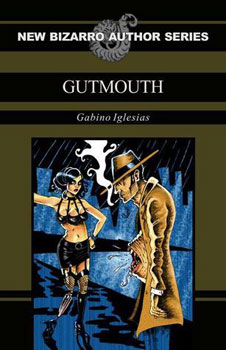 He has a mouth in his gut. An obnoxious, toothy, foul-mouthed, pig of a mouth. Luckily, his girlfriend doesn’t seem to mind. Marie, the one-legged stripper and cyber-prostitute love of his life is very accepting of it. And then a little too accepting. What would you do if your girlfriend cheated on you with the voracious yapper under your belly button? If you live in Gutmouth’s world-a bleak city where gruesome, spontaneous mutations are no big deal, klepto-roaches take anything not tied-down, drugs turn pain into pleasure, consumers are tortured for growing food, and your best friend is a misogynistic rat-man-you might do something crazy. And what if you got caught?
He has a mouth in his gut. An obnoxious, toothy, foul-mouthed, pig of a mouth. Luckily, his girlfriend doesn’t seem to mind. Marie, the one-legged stripper and cyber-prostitute love of his life is very accepting of it. And then a little too accepting. What would you do if your girlfriend cheated on you with the voracious yapper under your belly button? If you live in Gutmouth’s world-a bleak city where gruesome, spontaneous mutations are no big deal, klepto-roaches take anything not tied-down, drugs turn pain into pleasure, consumers are tortured for growing food, and your best friend is a misogynistic rat-man-you might do something crazy. And what if you got caught?
According to that description, my book was pure bizarro. However, I still wondered why the cover, created by artist Justin T. Coons, who specializes in speculative fiction, horror, and bizarro, had such a noir-esque feel to it. He had read parts of the book and I loved the cover, so the guy with the long coat and the bleak city behind him had to mean something. I kept reading the aforementioned text until something clicked. I recalled a Huffington Post article by another noir expert, editor and publisher Otto Penzler. The piece, published in 2010 and which ironically began by criticizing noir readers who don’t know how to define their genre of choice, offered a very straightforward explanation of how noir works:
“Pretty much everyone in a noir story (or film) is driven by greed, lust, jealousy or alienation, a path that inevitably sucks them into a downward spiral from which they cannot escape. They couldn’t find the exit from their personal highway to hell if flashing neon lights pointed to a town named Hope. It is their own lack of morality that blindly drives them to ruin.”
After all, Gutmouth was noir and, once published, corroboration came quickly. The first review came from a source I took very seriously. Ross E. Lockhart, author of Chick Bassist and editor of Night Shade Books, wrote: “Gutmouth is gritty mutant noir, filled with desperation, murder, and a guy with a mouth in his gut.”
Gritty mutant noir. That was it. I hadn’t invented anything; my book was just the result of my noir diet filtered through my love of bizarro. Mutating is exactly what noir does. Even when not attempting to write it, years of consuming the genre in its plethora of incarnations had shaped the way I write.
Boston Noirs 2: The Classics presents work by Joyce Carol Oates and David Foster Wallace alongside that of folks like Chuck Hogan and Dennis Lehane. Snubnose Press has made it clear: neo-noir is powerful, ever-changing, and indefinable. The horror genre is now more undeniably intertwined with his crime-infested cousin. Bizarro has invented its own version of noir (for a great example of “Chainsaw Noir,” look no further than Garrett Cook’s Jimmy Plush: Teddy Bear Detective). So where, or what, is noir now? Coming up with a definition for it is inconceivable but, for the time being, knowing that it’s relentlessly mutating and infecting younger generations of writers is enough to know the genre is alive and well. As a reader and reviewer, I’m really looking forward to seeing where it goes next.





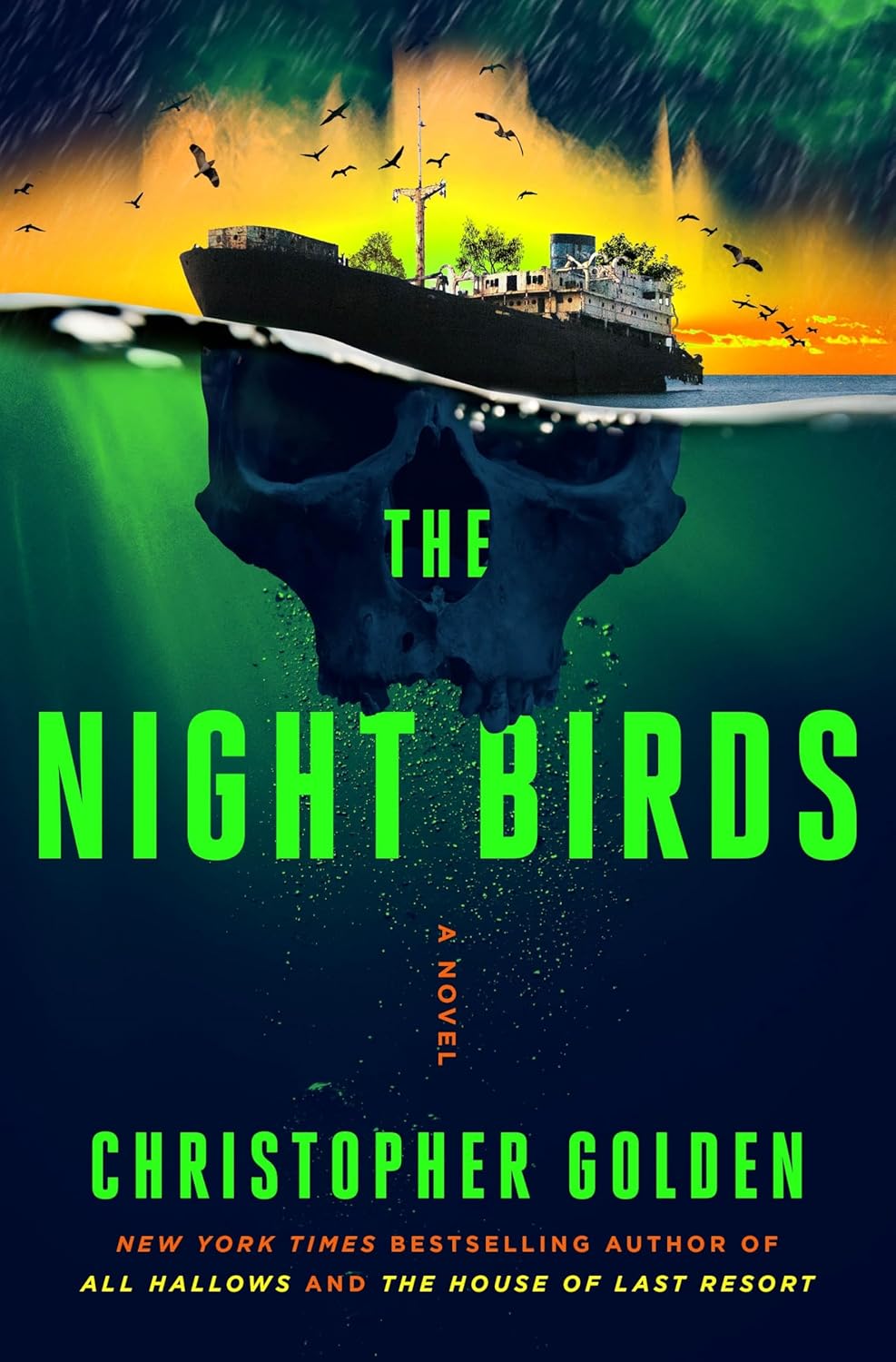
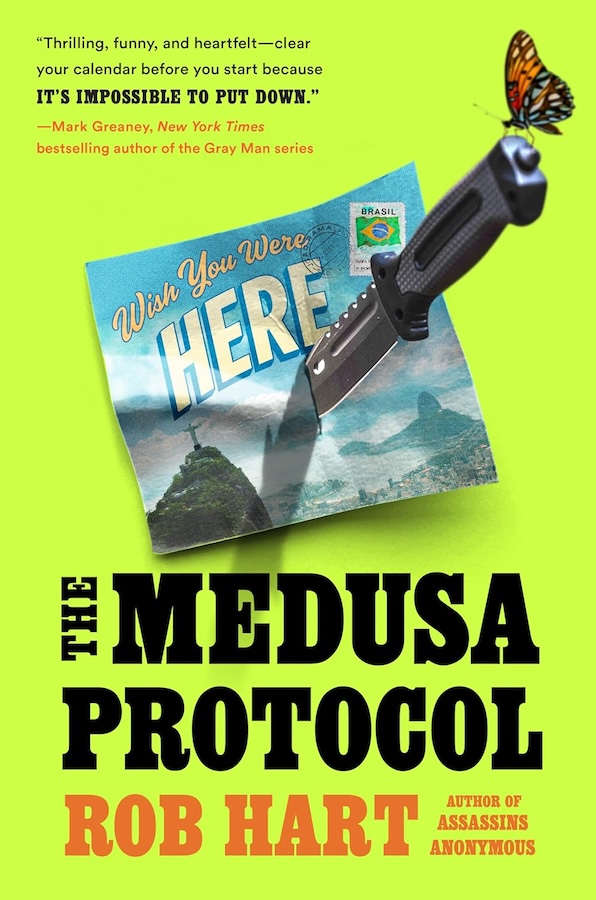
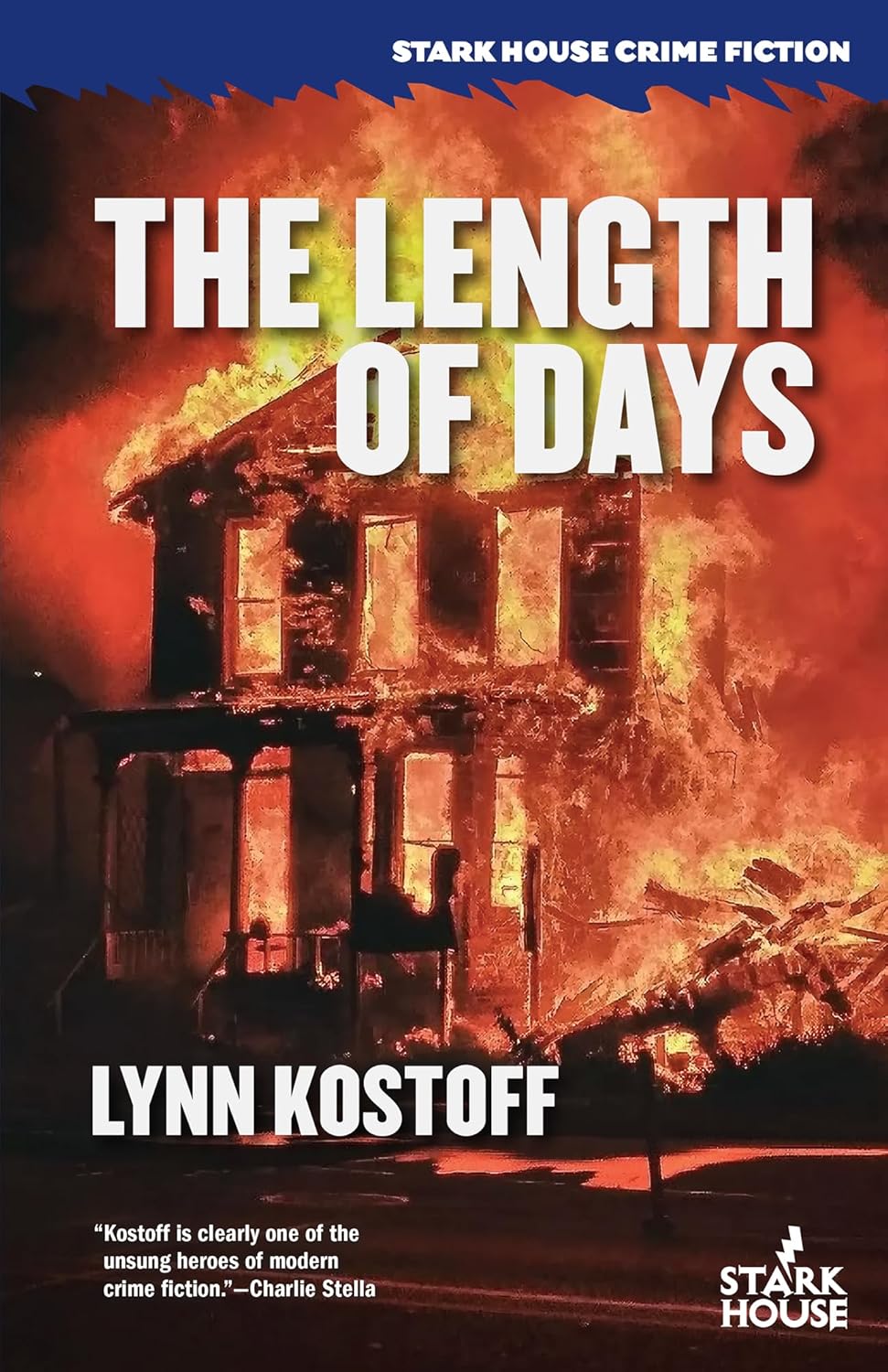
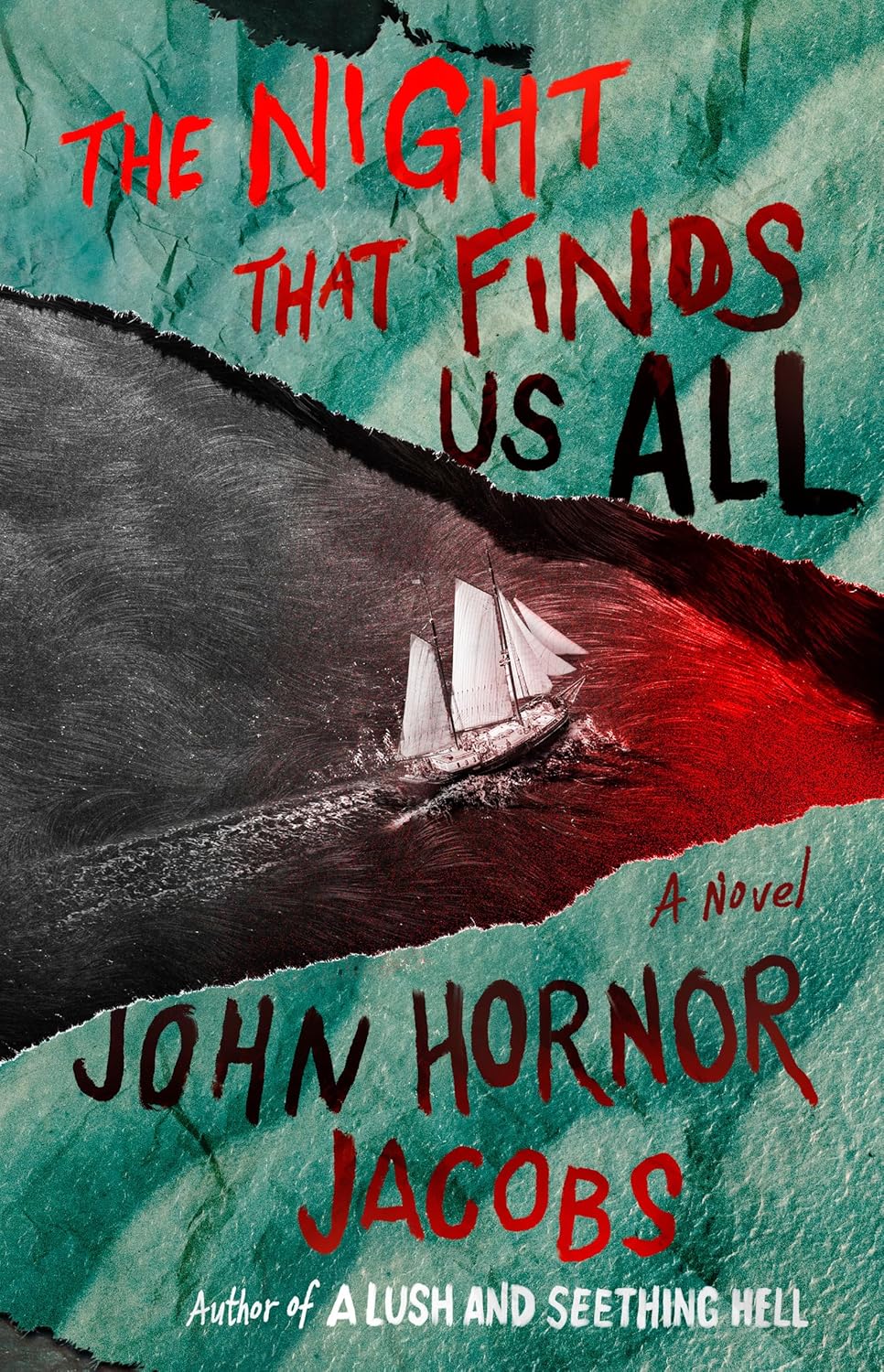
Charles Wingfield
January 22, 2013 - 2:29 PM